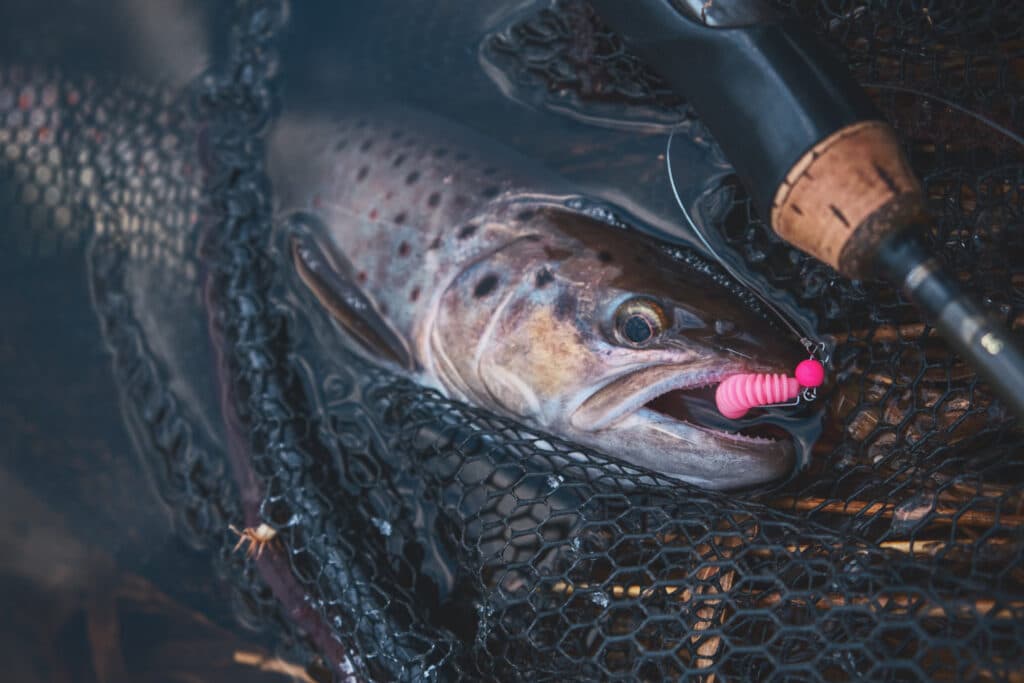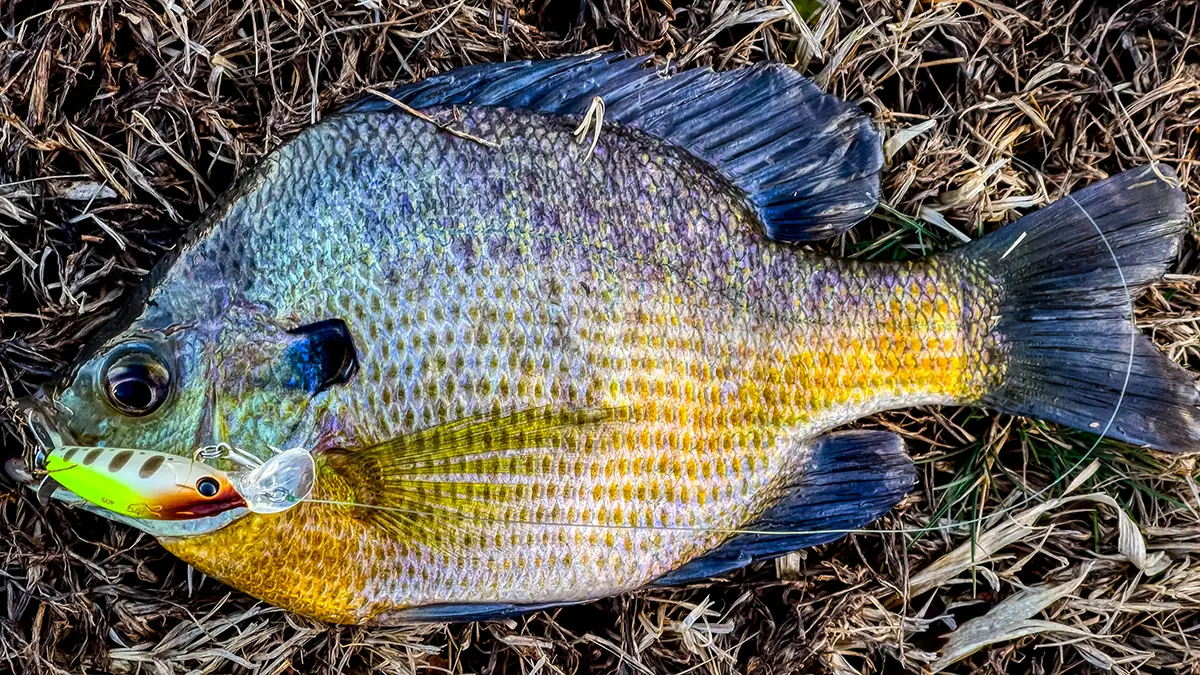Where To Find Red Wigglers Fundamentals Explained
Where To Find Red Wigglers Fundamentals Explained
Blog Article
Indicators on Where To Find Red Wigglers You Need To Know
Table of ContentsAll about Where To Find Red WigglersMore About Where To Find Red WigglersHow Where To Find Red Wigglers can Save You Time, Stress, and Money.Not known Incorrect Statements About Where To Find Red Wigglers 7 Easy Facts About Where To Find Red Wigglers ShownNot known Details About Where To Find Red Wigglers
For best outcomes, you want to shoot for concerning 60-70% wetness level. At the best dampness degrees which is simply under 70% that handful need to barely yield one decrease of liquid.
The Indian Blue is voracious, but also favors a warmer environment and it also shows a tendency to escape the container. The red wiggler is a sturdy worm and isn't as picky about its environment. I such as to call it the Ford Taurus of vermicomposting worms; you won't boast to your hardcore composting buddies that you own them, but they will certainly offer you well.
As Faucet demonstrated, an angler can do a great deal to make a worm much more enticing.
All about Where To Find Red Wigglers
I assume you will as well if you try them. The smaller the trout stream, the far better worms work is an axiom that hasn't transformed in the 100-plus years considering that Perry composed his post. Anglers of his age simply stuck their rickety fly poles through alder tangles and dropped a weighted worm into a deep opening.
Early morning is prime feeding time, and the insubstantial lure's slow descent leaves 5 inches of agonizing healthy protein completely view for a long time. After you've made the cast, maintain the bail open and put the pole in a forked stick. The line will certainly drop off the pole in sluggish loops as the worm settles, but a lot more commonly than not the slow-moving loopholes will become a blur, and the early morning will instantly get instead fascinating.
You can fish deep and cover a great deal of area, and the spider appears to be the ideal touch for this transitional time, when the smallmouths have yet to lock on to a preferred forage. Dark jigsblack, brown, and purpleseem to match the nightcrawler's shade. I normally use a whole 'crawler, like marabou clothing, and go down the pole for two or three seconds when I obtain a hit.
And distinguishing base from a bite can be hard. The technique is to alleviate the rod back to the strike (possibly a foot) and feel for life at the end of the tightening line. If it's there, set the hook with a move instead of a jerk. Occasionally you'll find on your own hooked to those slow-moving, hearty tugs, and really feel the weight of a great walleye.
Indicators on Where To Find Red Wigglers You Need To Know
When the hefty walleyes move on to the big-water shoals in the late summertime, try pursuing them with a bucktail jig and a 1-inch pinch of nightcrawler. The bait covers the hook point, deflects weeds, and offers a preference of prey. With nothing dangling or flapping, it stays safe and secure no matter of present, casts, or ambitious panfish.
Whether you're wading or angling from a watercraft, wandering worms is one of the terrific searching strategies for larger rivers. For trout, a spade-dug, 4-inch yard worm is the appropriate size; for bass, walleyes, and steelhead, a nightcrawler may be a much better selection. The trick is to wander the bait through find out feeding and holding areas because fish in current are not mosting likely to ferret out the lure, as they could in still water.
Strikes will come as a sharp pull rather than a pull or rap. Fish the shifts: mouths of tributaries, bank-side slicks, and the edges of large pools. As the late Ed Zern, Area & Stream's fantastic humorist, once put it: Anglers are born honest but they obtain over it. His dictum applies to any kind of variety of angling maneuvers, consisting of imp source the matter of adding an item of worm to a damp fly.

Some Known Details About Where To Find Red Wigglers
Add a couple of hundred worms and feed them two times a week. Maintain the bedding wet but not damp. On the food selection: lettuce, fruit and vegetable waste, and the occasional nongreasy leftover.
Similar to veggie scraps, you can take your made use of coffee grounds and add them to a worm box. Worms like eating over at this website coffee grounds. With the ideal problems and moist, healthy and balanced dirt, worms can live in a container of dust for around 3 weeks. Shop out of direct sunshine and keep at a temperature level in between 50 and 80 levels.
When the heavy walleyes proceed to the big-water shoals in the late summertime, attempt going after them with a bucktail jig and a 1-inch pinch of nightcrawler. The lure covers the hook point, deflects weeds, and provides a preference of prey. With nothing dangling or flapping, it continues to be protected no matter present, casts, or enthusiastic panfish.
Getting My Where To Find Red Wigglers To Work
Whether you're wading or fishing from a boat, wandering worms is among the terrific looking approaches for bigger rivers. Where To Find Red Wigglers. For trout, a spade-dug, 4-inch garden worm is the best size; for bass, walleyes, and steelhead, a nightcrawler may be a far better selection. The key is to wander the bait through feeding and holding areas since fish in current are not mosting likely to ferret out the bait, as they could in still water
Fish the shifts: mouths of tributaries, bank-side slicks, and the edges of huge swimming pools. His dictum uses to any kind of number of angling maneuvers, including the issue of adding an item of worm to a wet fly.
Increasing your own lure means you can slip out of the house and struck the pond prior to Mama comes homejust like in the old days. Below's just how to keep a worm box: Cut a sheet of CDX-grade plywood, which is made with waterproof adhesives, to your measurements. Accomplish together and drill a loads 12-inch holes in the base for drain.
Some Of Where To Find Red Wigglers
Load it with shredded paper, leaves, peat moss, and dirt. Moisten gently. Cover and allow rest for a week. Include a few hundred worms and feed them two times a week. Keep the bed linens damp however not wet. On the menu: lettuce, vegetables and fruit waste, and the occasional nongreasy leftover.
Much like veggie scraps, you can take your utilized coffee premises and include them to a worm box. Worms enjoy consuming coffee grounds. With the best conditions and moist, healthy soil, worms can live in a container of dust for around 3 weeks. Shop out of direct sunshine and maintain a temperature level between 50 and 80 levels.
Report this page